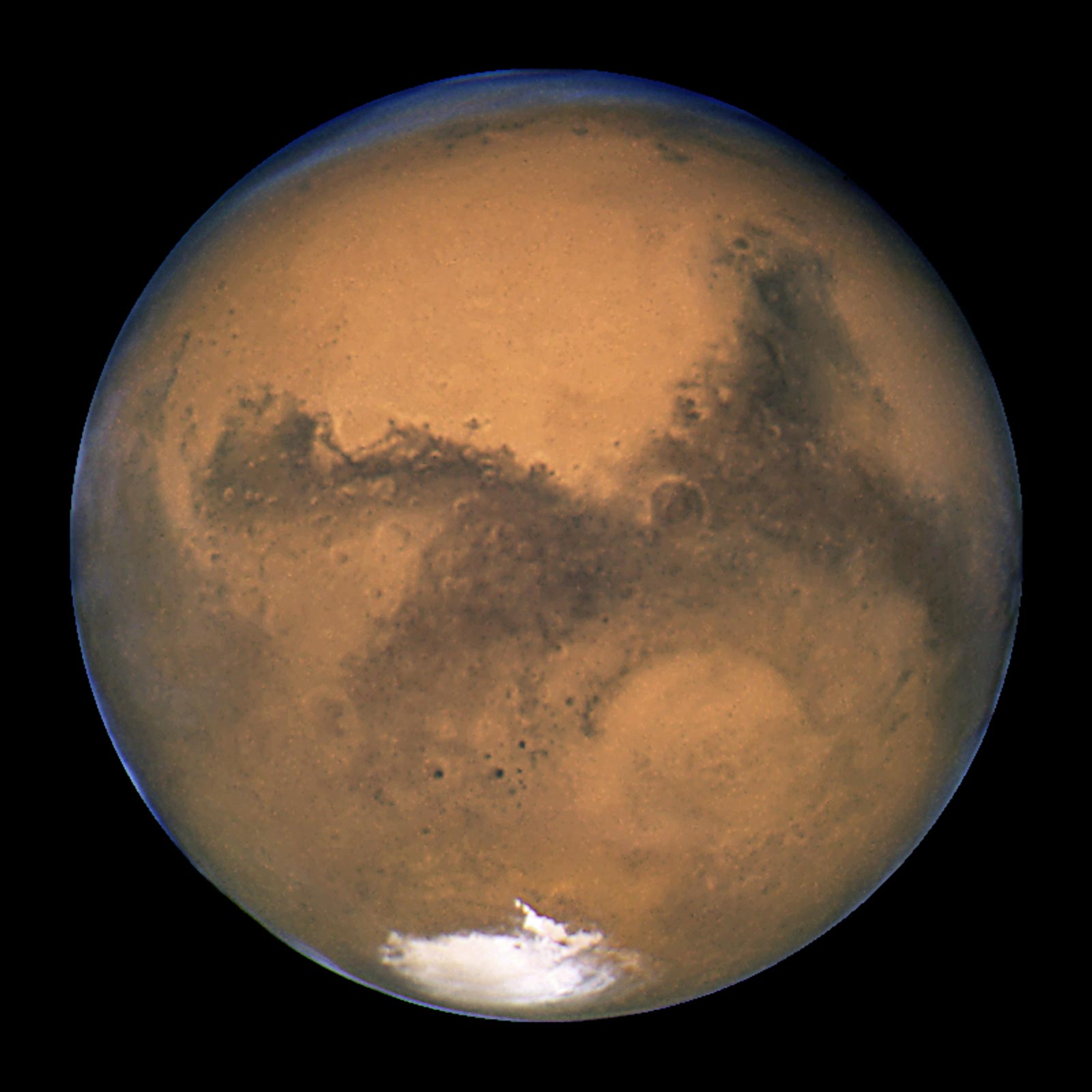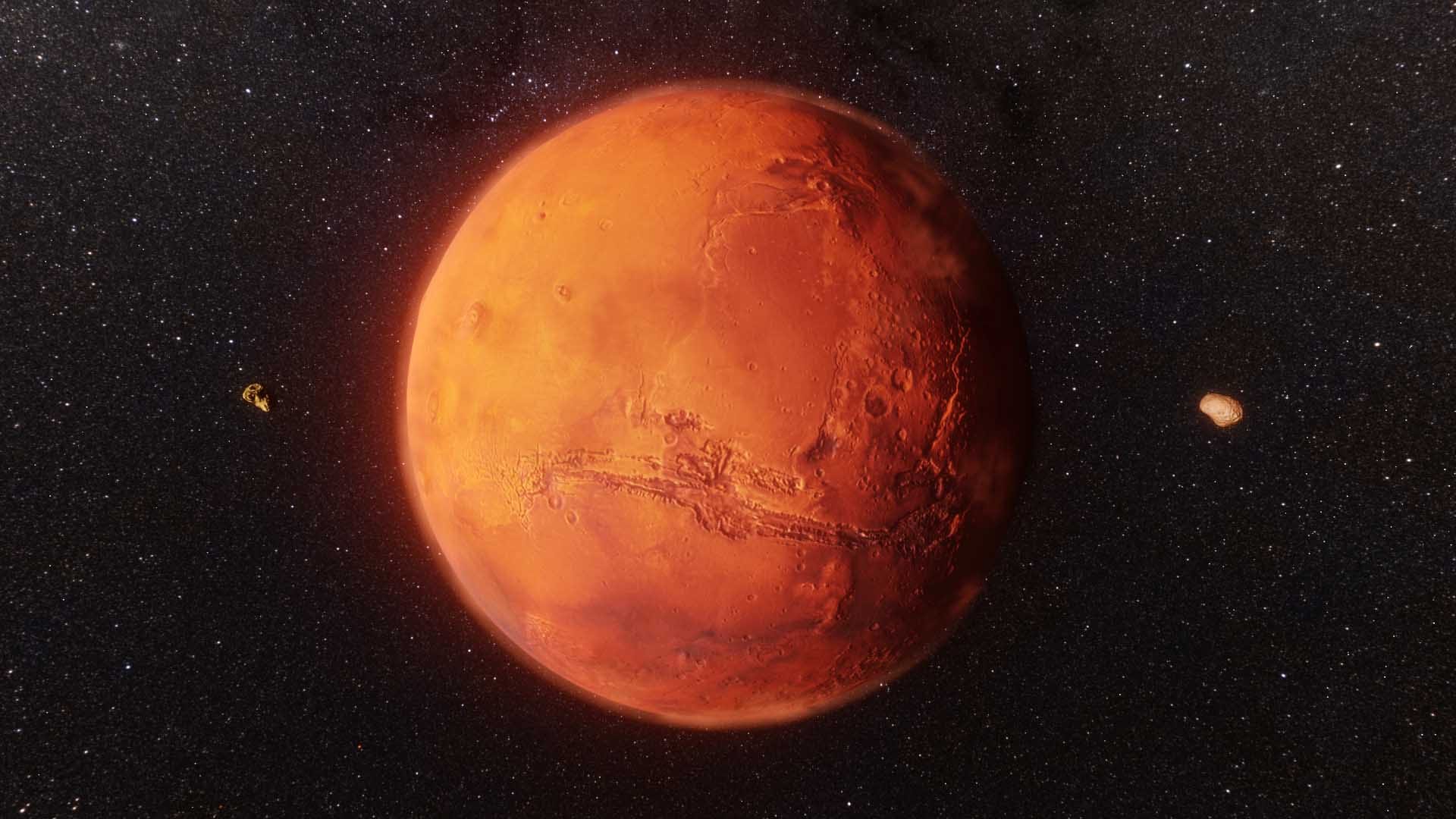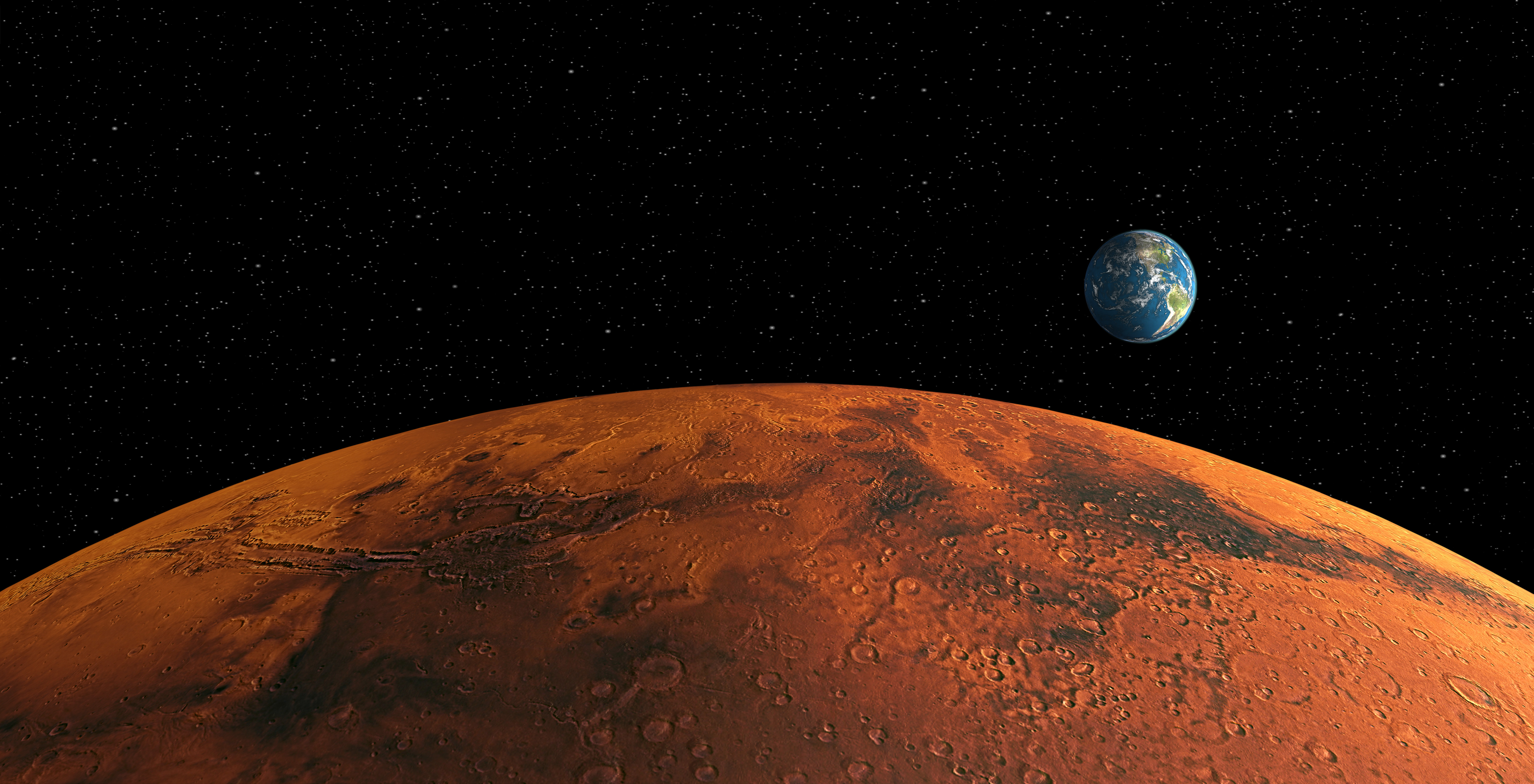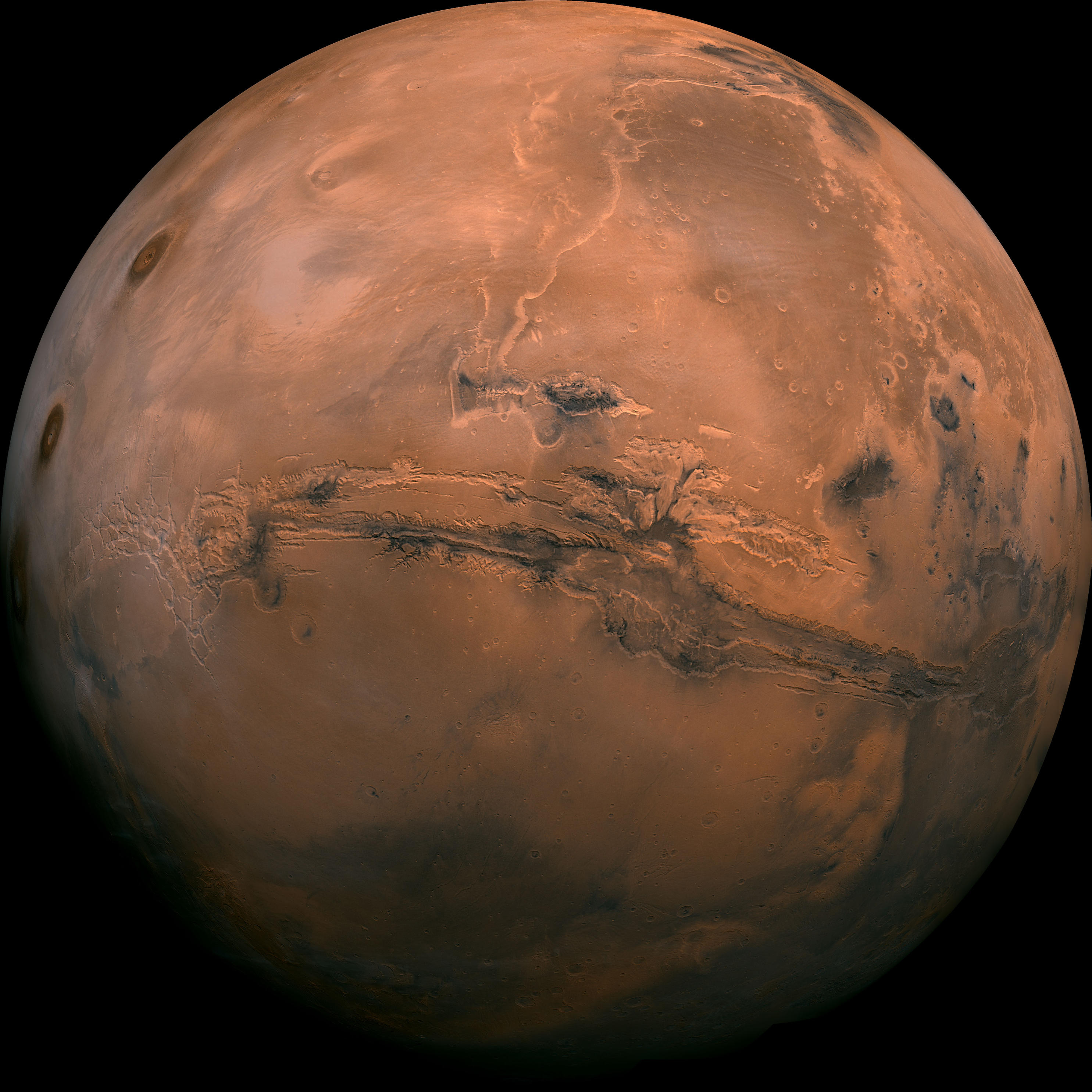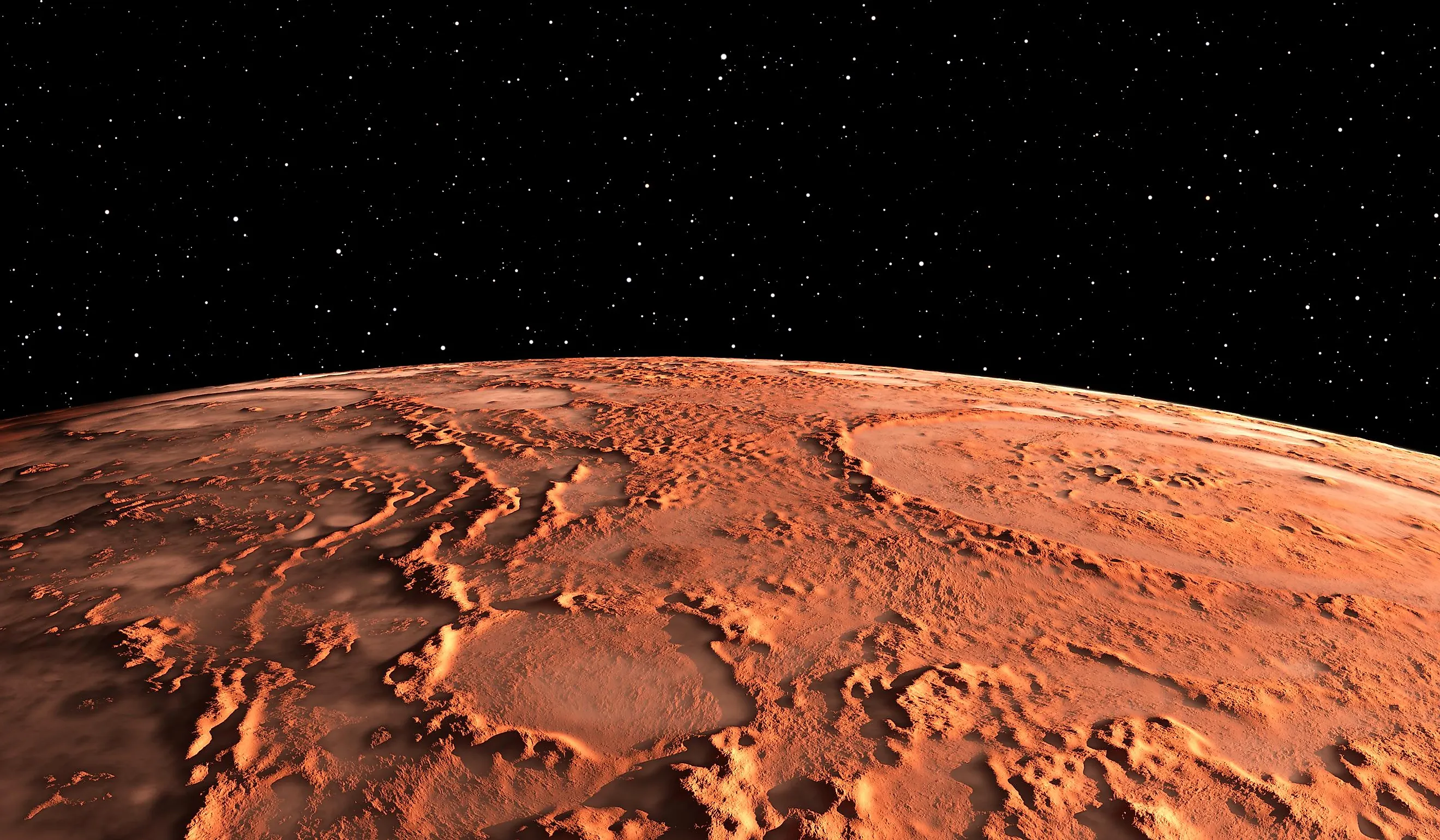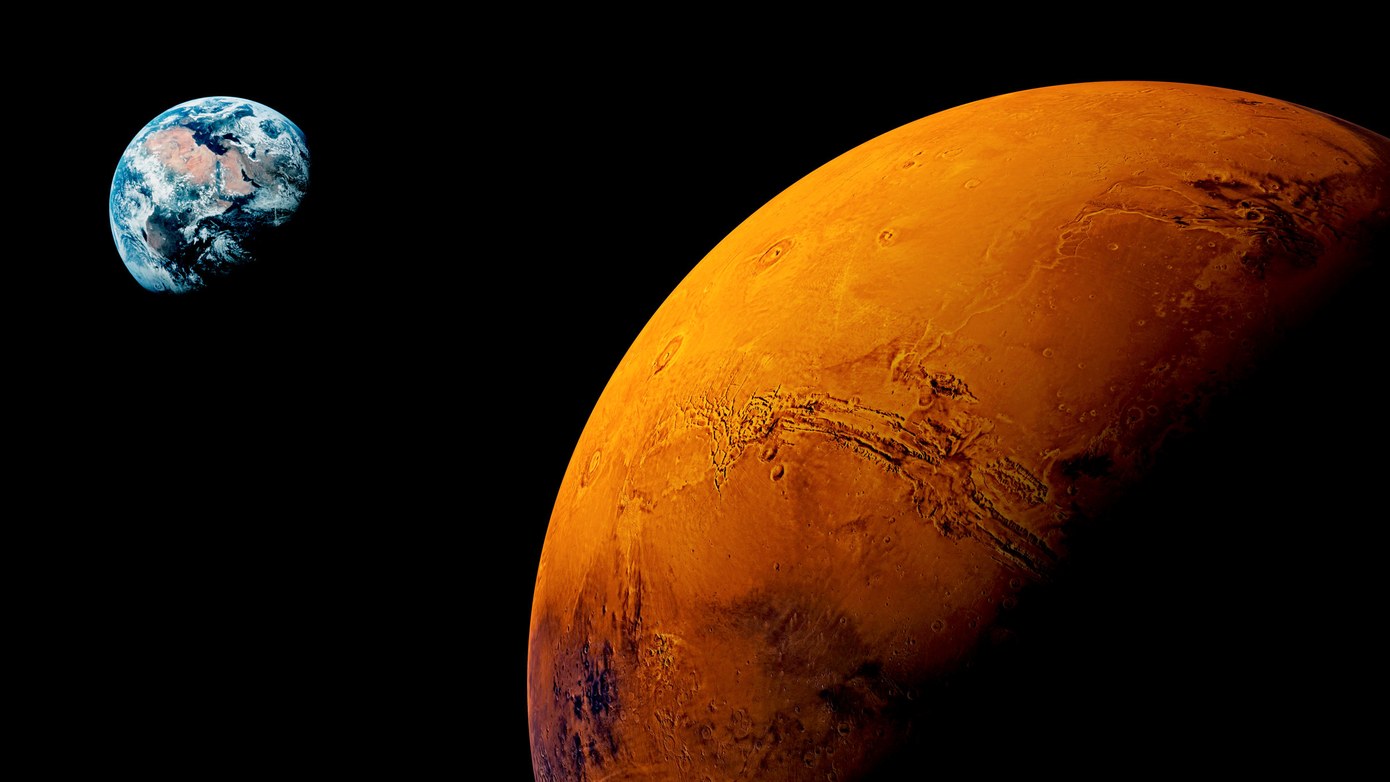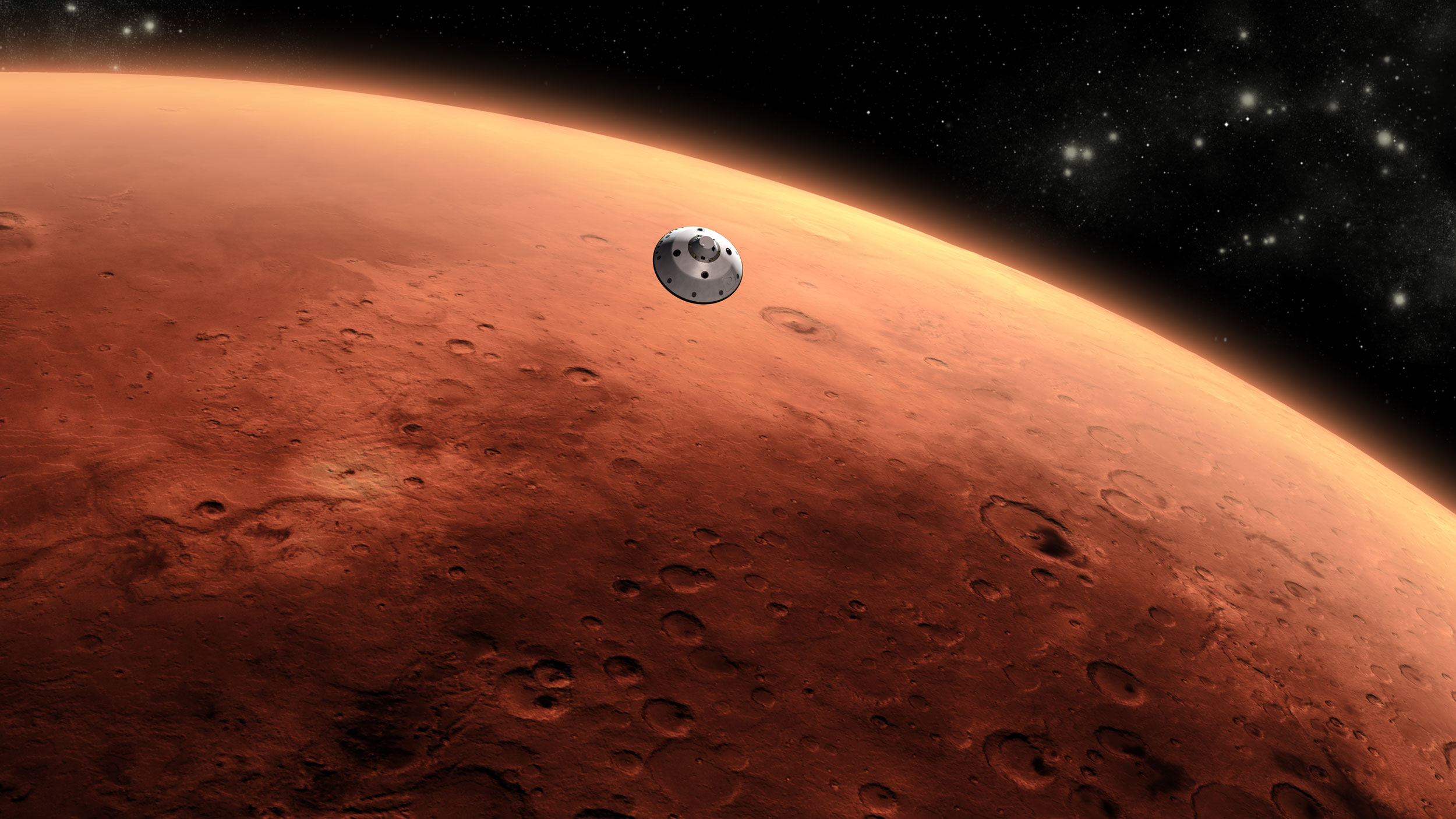Our scientists and far-ranging robots explore the wild frontiers of our solar system. Phobos is nearing mars at a rate of six feet (1. 8 meters) every … Its gravity holds the solar system together, keeping everything – from the biggest planets to the smallest bits of debris – … Titan is the second largest moon in our solar system. Did mars ever have the right … · moons about moons by destination earth (1) mars (2) jupiter (95) saturn (83) uranus (27) neptune (14) pluto (5) asteroids, comets & meteors about asteroids, comets & … · mars is the fourth planet from the sun, and the seventh largest. It orbits mars three times a day, and is so close to the planets surface that in some locations on mars it cannot always be seen. In time, the agency may combine more mission raw images in a central place … Only jupiters moon … Saturns largest moon, titan, is an icy world whose surface is completely obscured by a golden hazy atmosphere. Dwarf planets such as pluto; Curiosity’s mission is to answer the question: Our solar system consists of our star, the sun, and everything bound to it by gravity – the planets mercury, venus, earth, mars, jupiter, saturn, uranus, and neptune; · nasa’s real-time science encyclopedia of deep space exploration. Part of nasa’s mars science laboratory mission, curiosity is the largest and most capable rover ever sent to mars. Asteroids range in size from vesta – the largest at about 329 miles (530 … It’s the only planet we know of inhabited entirely by robots. Most of this ancient space rubble can be found orbiting our sun between mars and jupiter within the main asteroid belt. · the sun is the star at the heart of our solar system.
* **Mars Just Got More Expensive (For Nasa, At Least)!**
Our scientists and far-ranging robots explore the wild frontiers of our solar system. Phobos is nearing mars at a rate of six feet (1. 8...
